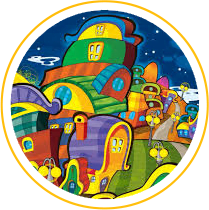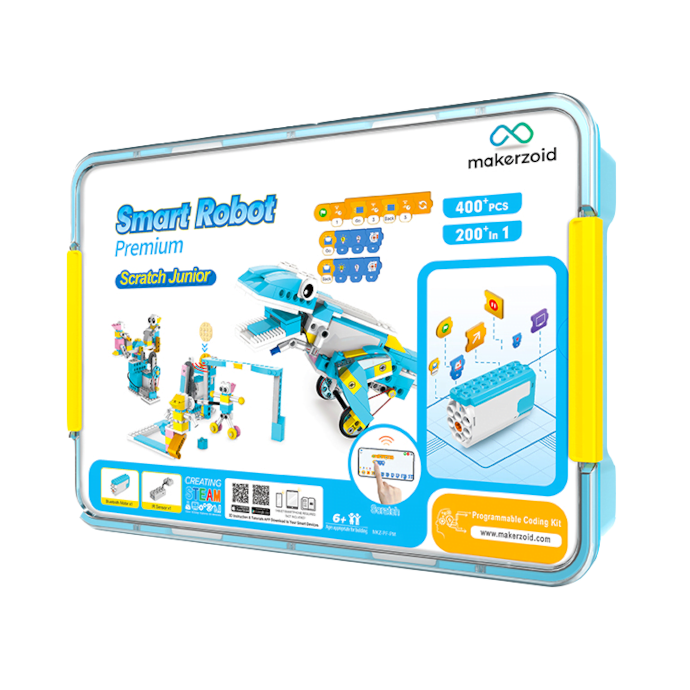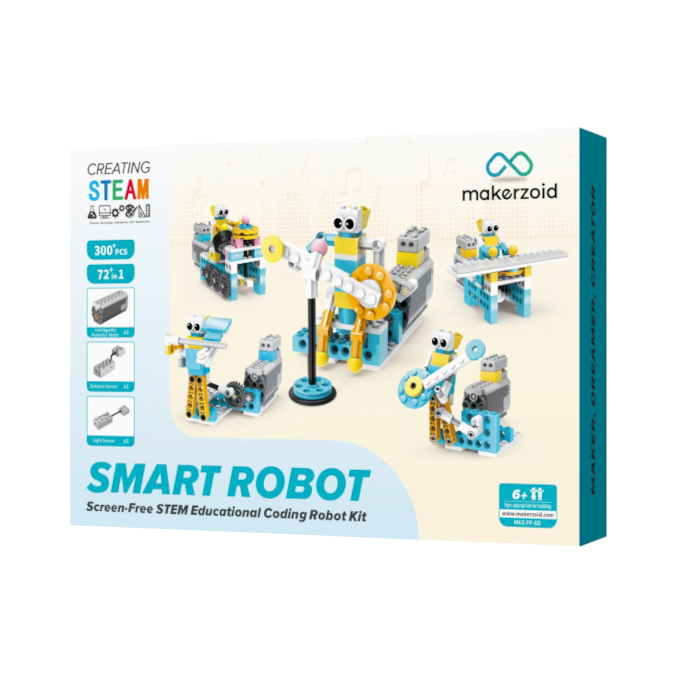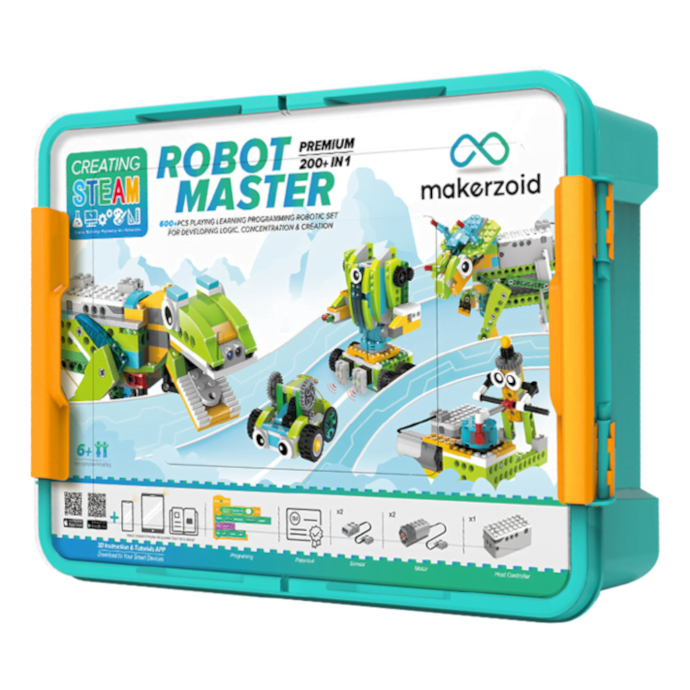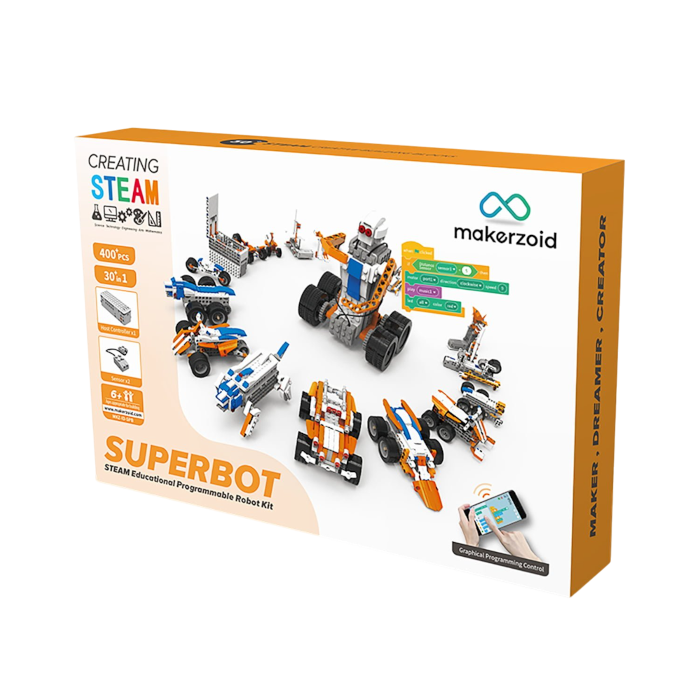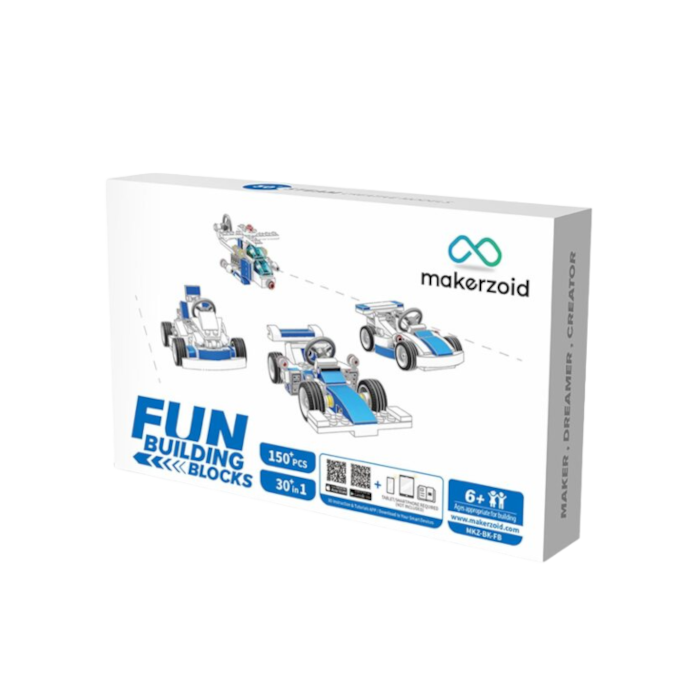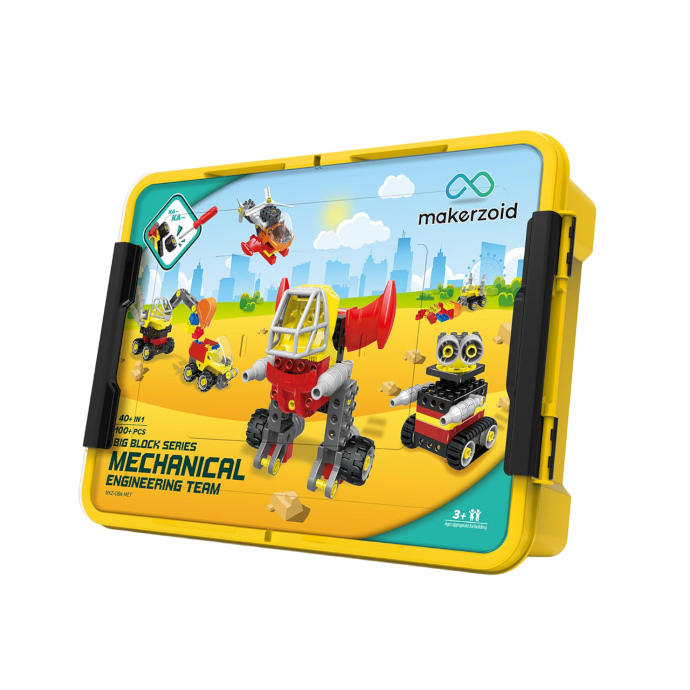What is STEM Education and Why is STEM learning Important for Kids?
- What is STEM?
- How is STEM Education Different From Traditional Education?
- When To Introduce STEM Learning For Kids?
What is STEM?
The term “STEM” regularly features in education policies, curriculum choices, skill sets, employment and workforce strategy. The acronym rose to limelight after a meeting on science education was held at the US National Science Foundation.
It later gained momentum when then President Barack Obama stressed the need for STEM education for United States of America to maintain its global leadership.
STEM stands for Science, Technology, Engineering and Mathematics. It is a method of education wherein the subjects are taught in coherence instead of in isolation.
STEM education emphasizes on bridging the learning gap by putting the children at the core of experience, making them active learners from passive listeners.
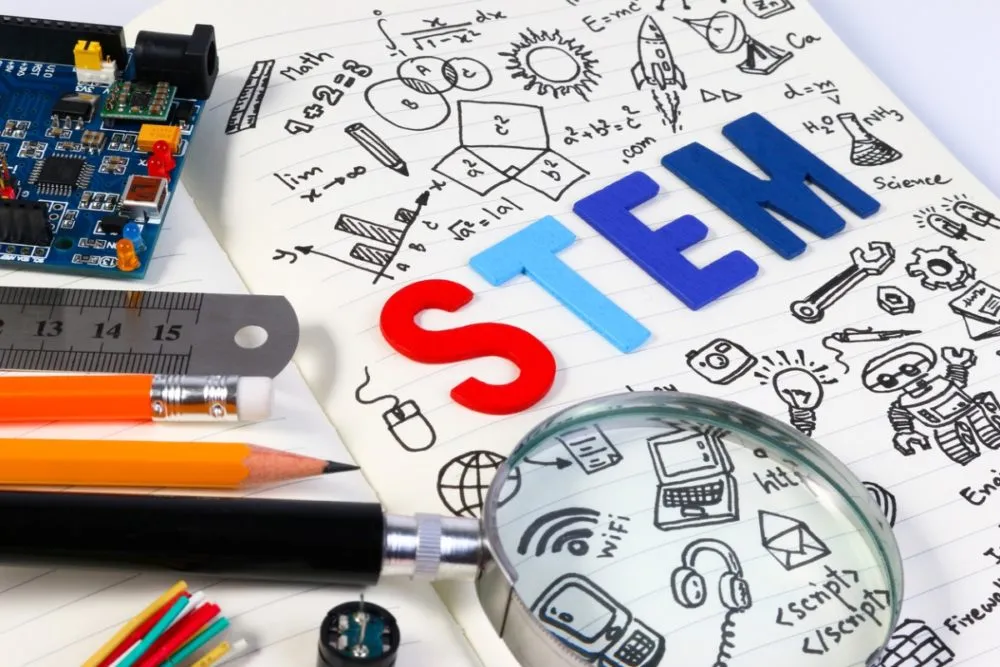
How is STEM Education Different From Traditional Education?
STEM is not just an acronym for Science, Technology, Engineering and Mathematics but an education method that integrates all these subjects.
It addresses the concerns that these disciplines or subjects are often taught in isolation while the fact is that they are all intertwined. It is a cohesive inter-disciplinary approach based on hands-on learning.
In today’s world, it is impossible to dissimilate these stem disciplines from one another. Pick any item from your household or office and try to fit it in just any one of the STEM subjects. You will find it impossible to do so, for everything is integrated with each other.
Science and Math lead to technology development, which is then integrated with engineering to make it useful in our life.
STEM encourages kids to experiment, make mistakes and learn from own experiences to reach correct outcomes, rather than relying on what the textbook says.
Critical thinking, logical analysis, inquiry and project-based learning are the keystones in STEM education. It boosts the curiosity in the kids, making learning process fun, relevant and everlasting.
This is a paradigm shift from traditional education, which vitally lacks in hands-on learning, to a learning that is much better and deeper.
A key flaw with isolated learning is that often students are unable to apply the concepts learned to actual problems, lowering their productivity or understandability and hence implementation.
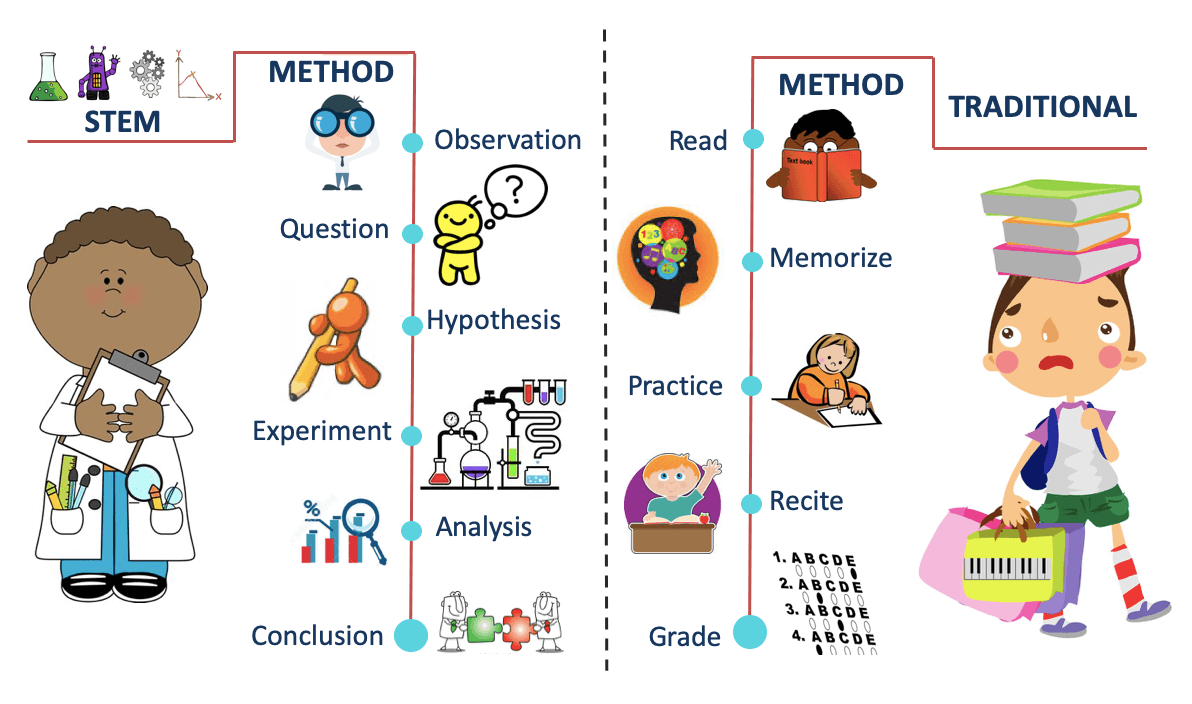
Problem solving is a major skill set and current education system does not address it.
If queries or learning gaps are not addressed in early years, things get worse when the difficulty level of the subjects rise over time. This loose end in the basic education leads to fear for the subject going ahead – all due to the inherent lag in the traditional education.
STEM education assures there is no disconnect in the understanding of concepts by helping students work on the applications.
Taking a very basic example for initial years, math is introduced to kids with number learning, like 1, 2, 3 and so on. Kids don’t understand why they are being taught numbers and why less/more cannot suffice in place of numbers.
On the other hand, asking questions like how much more or how less can immediately get them to understand the sense behind numbers and quantification.
What is imperative to understand is how concepts taught are related to the real world and how learning them will help children solve their day-to-day problems.
Similarly, playing board games, blending math with arts & patterns from the surroundings can boost kid’s understanding and interest for the subject, leaving no space for anxiety.
This is how STEM learning happens for every discipline.
When To Introduce STEM Learning to Kids?
STEM based learning for kids can and should start as early as two years of age. In the early years, kid’s brain to knowledge is like a sponge is to water. Learning pace of the kids in initial 5 years is unprecedented and cannot be the same ever in life again.
Introducing subjects in early years in a proper way helps in building positive attitude of kids towards education. Hands-on STEM learning wire child’s brain for better problem solving and critical thinking, leading to metacognition & growth mindset.
Research has demonstrated that young children, while starting their school, already possess enough knowledge of the surrounding world and can think divergently.
They are curious learners and have their own reasoning skills. Strengthening these innate abilities should begin at the earliest level rather than reserving it for later years.
Metaphorically, think of a building under construction. You cannot start constructing strong, sturdy building from 5th or 6th floor onwards.
You have to start with laying a strong, rock-solid foundation. Architects emphasize a lot on laying a strong foundation for the building to make the structure well equipped to bear harsh circumstances.
Once a strong foundation is laid, the upper floors or higher levels are easy to achieve with the similar strength. Same stands true for building a child’s learning acumen.

By the age of eight years, most of the children develop their interest in technology but the transition from a user to an innovator mindset seldom happens.
This is predominantly because the education system lays more emphasis on rote learning and scoring in exams, taking the focus off completely from indulging into divergent thinking and experiential teaching.
A few years back, NASA in collaboration with researchers developed a simple test to measure the genius level of the people.
The test was so simple that it could be applied to any age group, starting from age 4 to 5 years old. Below are the astonishing results:
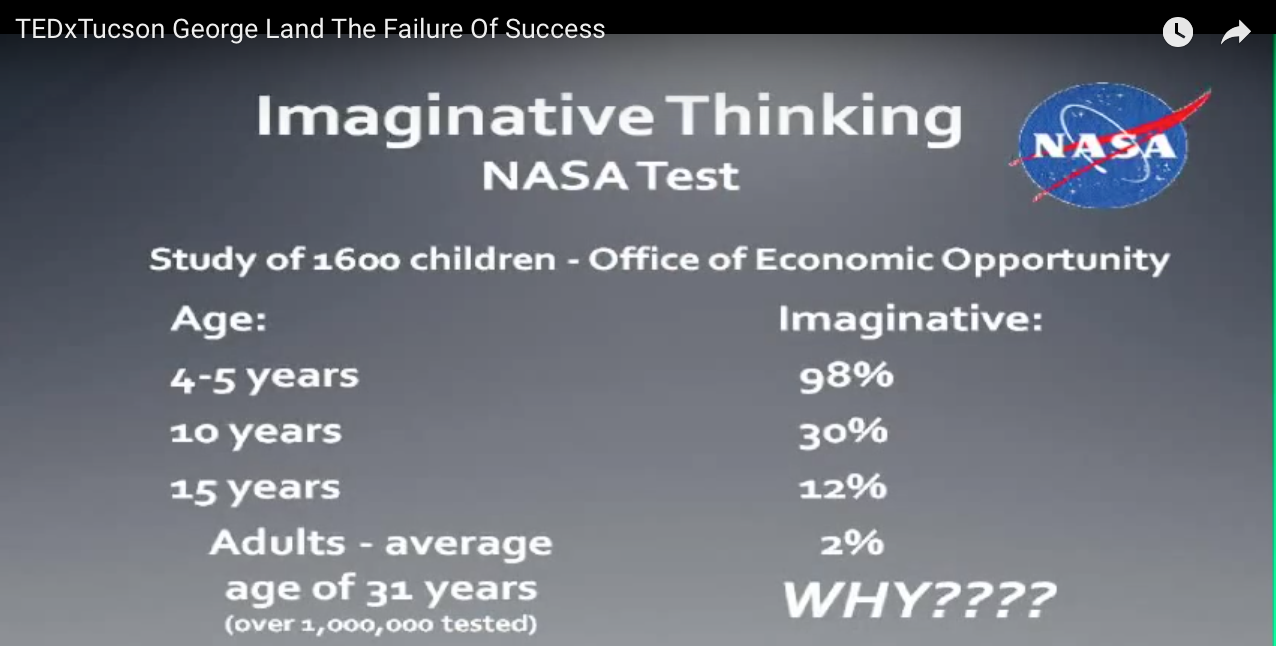
The test clearly indicates that 98% of children are born geniuses while the percentage falls to 2% in the grown-ups.
The result indicates that whatever remarkable innovations are happening around the world today is all because of these 2% grown-up geniuses. Rest of the population seems to be just either replicating or learning or utilizing the innovations.
Are Kids Really Born Geniuses (and then get dumber)?
Children scored high in the NASA test, as mentioned above, because of their innovative or divergent imagination. As they grow up, the imagination becomes convergent which eventually leads to drop in intelligence.
This drop in intelligence has a lot to do with the rote learning method. It becomes difficult for kids to relate what they are learning unless they see the application of the concept.
Learning process is different for the kids before they are introduced to traditional method of education. Kids observe, experiment and do stuff to adapt the surroundings, which keep their learning efficiency high.
This learning process gets hampered when they are introduced to traditional rote learning method.
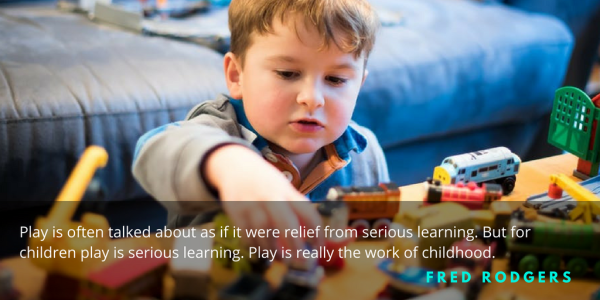
Premise is that we should not tinker with the natural learning process of the kids. We should motivate them to think, to imagine, to create, to have their own experiences and arrive at their own conclusions.
